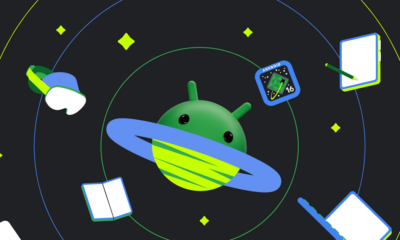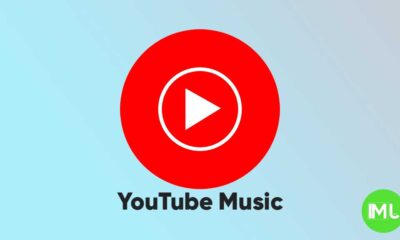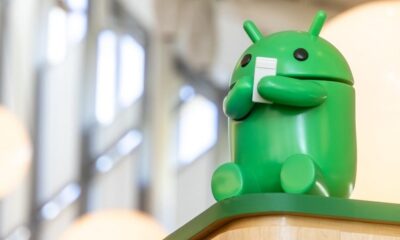Google’s Latest Updates: Material You style, AI image generation, message drafts, and profile notices
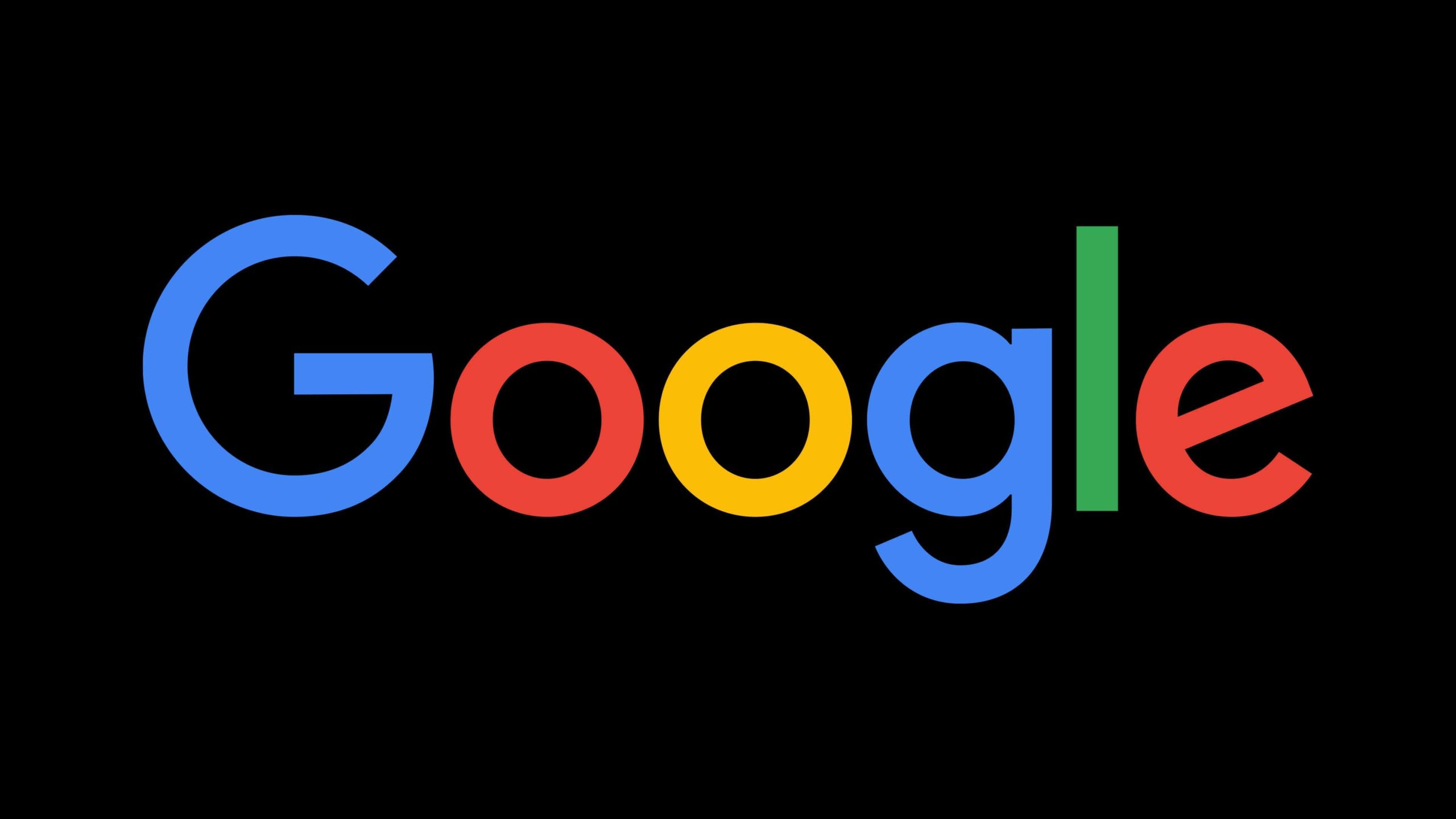
In its recent updates, Google has introduced several new features across its ecosystem, enhancing user experience with a refreshed design, AI integration, and quality-of-life improvements in its popular services like Google Discover, Google Messages, Google Docs, and WhatsApp. Here’s a detailed look at what’s new and what to expect.
1. Google Discover’s Fresh Look with Material You Design
Google Discover, the personalized news feed integrated into the Google app, is getting a visual update that adopts Google’s Material You design philosophy. However, unlike a complete redesign seen in other Google apps, these changes are subtle and focused on improving the look and feel.
Key Updates in Design:
- Circular Add Button: Some news cards now feature a prominent circular “+” button in the top-right corner, allowing users to engage with content more intuitively.
- Merged Image and Title Layout: In the new layout, the image and title are combined in a single card with rounded corners. The visual line separating each card has been removed, giving the feed a cleaner, more streamlined look.
- Visual Consistency: The updated design aligns with Google’s broader Material You theme, offering a cohesive look across Google’s suite of apps.
Availability and Rollout:
- The redesign appears to be in a limited testing phase. Not all users have access yet, and it may be restricted to specific devices or regions. For instance, the new design has been spotted on the Pixel 9 Pro Fold, but not all devices, like the Pixel 8, are displaying the changes.
Ongoing Experimentation:
- Google often tests design changes with a subset of users before a broader rollout. This might explain why the new look isn’t widespread yet. The updates started appearing in October, suggesting it may still be part of the beta testing phase.
2. Google Messages Adds “Sending As” Profile Notice
Google Messages has introduced a new feature aimed at providing more transparency during RCS (Rich Communication Services) chats. This update shows a “Sending as” notice above the text field, indicating the profile name and picture you are using.
Key Features:
- “Sending As” Notification: Displays your Google Account profile picture and name above the text input field, clarifying the identity being used to send messages, especially useful in group chats.
- Profile Sharing Control: Users can manage who sees their profile information:
- People you message: Profile visible after sending a message.
- Only your contacts: Visible only to contacts after sending a message.
- No one: Profile remains hidden.
Enhanced Privacy:
- If users accidentally share their profile with a spam contact, they can block and report the conversation, removing access to their profile information immediately.
Availability:
- This feature is being rolled out through the Google Messages beta version (20241112_00_RC00) and has also appeared in the stable release (20241029_00_RC01).
3. Google Docs Integrates Imagen 3 AI for Image Generation via Gemini
Google continues to enhance its productivity suite with the integration of advanced AI capabilities. The latest update brings Imagen 3, an AI-powered image generation model, to Google Docs, leveraging Google’s Gemini AI platform.
How It Works:
- Image Generation Tool: Users can now create images directly within Google Docs by navigating to
Insert > Image > Help me create an image. By entering a text prompt, users can generate custom images tailored to their documents. - Customization Options: The feature allows setting specific aspect ratios, sizes, and styles such as Photo, Vector Art, Sketch, Watercolor, and more. This eliminates the need for external image searches and resizing.
Availability:
- The AI image generation feature is exclusive to paid subscribers of Google’s AI-enhanced plans, including Gemini Business, Gemini Enterprise, and Google One AI Premium. The rollout is expected in the coming weeks.
Enhanced Productivity:
- This integration aims to streamline the document creation process, allowing users to generate relevant visuals on the fly, saving time on searching and editing images.
4. WhatsApp Introduces Message Drafts for Better User Experience
WhatsApp has finally added a much-needed feature: message drafts, allowing users to easily manage unfinished messages. This update enhances the user experience by ensuring that important unsent messages are not lost.
Feature Highlights:
- Draft Indicator: If a message is typed but not sent, WhatsApp now shows a “Draft” label in green, along with a preview of the typed text. This ensures users can quickly spot unsent messages when they return to the chat.
- Prioritized Chats: Chats with drafts appear at the top of the chat list, making it easier to locate and complete unfinished conversations.
Availability:
- This feature is now available globally across all versions of the WhatsApp app, providing a seamless experience for its over 100 million active users.
Additional Updates:
- WhatsApp has also rolled out a built-in address book and custom chat lists, helping users better organize their conversations.
Conclusion: A Unified Push for Enhanced User Experience
These updates reflect Google’s and WhatsApp’s ongoing efforts to enhance user interaction and productivity across their platforms:
- Google Discover’s new look brings visual consistency and a more engaging interface aligned with Material You.
- Google Messages’ profile notice feature improves transparency and control over identity sharing in chats.
- AI-powered image generation in Google Docs via Imagen 3 aims to boost creativity and productivity in document creation.
- WhatsApp’s message draft feature solves a long-standing issue, helping users manage their conversations effectively.
Overall, these changes highlight a shift towards a more streamlined, user-friendly experience, with a strong emphasis on personalization, visual appeal, and the integration of AI capabilities to enhance productivity. Stay tuned as these features continue to roll out and improve the daily experience of millions of users worldwide.
Android
Android 16 adds small but useful changes to status bar and terminal features
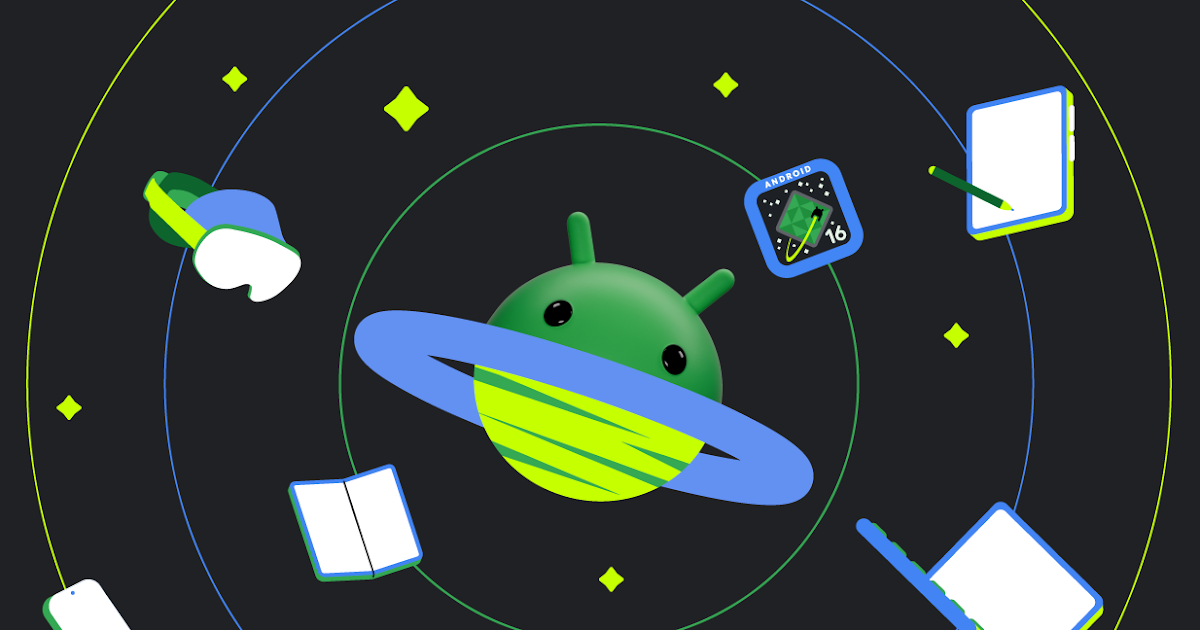
Google is working on Android 16, and while big changes are still under wraps, some small updates have already been noticed. These tweaks may not seem major, but they can improve how users interact with their devices.
One of the changes spotted in the Android 16 Developer Preview is the return of the status bar clock to the left side of the screen. This layout used to be common before Android 9, but later Android versions placed the clock on the right. Now, with the new preview, the clock moves back to the left, which could make room for more icons and make the status bar easier to read—especially on phones with notches or punch-hole cameras. However, this change might not be final, as Android is still being tested.
Another interesting update is in the Android terminal tool. A new feature allows users to resize disk partitions without needing a full system reboot. This could be very helpful for developers and advanced users who need to change storage settings quickly. Instead of restarting the device, the system now supports live resizing in many cases, which saves time and effort.
Overall, Android 16 is shaping up with some practical improvements that focus on convenience and better user experience, even in the smaller details.
YouTube Music adds new feature to keep song volume steady
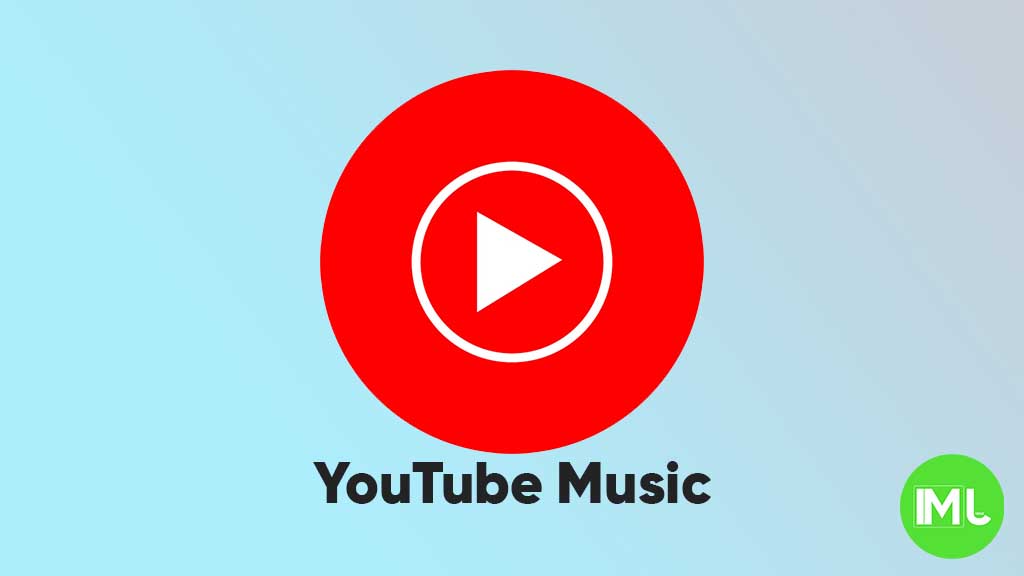
YouTube Music is rolling out a new feature called “Stable volume” to make your listening experience better. This option helps keep the sound level the same across all songs, so you won’t have to turn the volume up or down when switching tracks.
Sometimes, songs are louder or softer depending on how they were made. This new feature fixes that by adjusting each track so that all music plays at a similar volume. It’s especially useful when you’re using headphones or listening in the car.
You can find this option in the YouTube Music app by going to Settings > Playback & restrictions, where you’ll see a switch for “Stable volume.” It works for both free and Premium users, and it’s now appearing on Android devices (version 7.07 or later). iOS support may come soon, but it’s not available yet.
This is a welcome update, as many streaming apps like Spotify and Apple Music already have similar volume balancing tools. It helps make playlists and albums sound smoother and more enjoyable without constant volume changes.
So far, the feature is being released in stages, so you might not see it right away, but it should show up soon for everyone.
Android
Android 16 beta adds battery health info, Pixel Fold gets better at detecting opens and closes

Google has released the Android 16 Beta 1 update for Pixel phones, and it brings some helpful new features. One of the key additions is battery health information, which is now available in the settings. Pixel users can now see the battery’s manufacturing date, charge cycles, and overall health score. This can help people understand how well their battery is holding up over time. While this feature is currently hidden under developer options, it might be fully added in a future update.
At the same time, Google is also working to improve the Pixel Fold. With Android 16 Beta 1, there’s a new system that better detects when the phone is opened or closed. This new method uses the hinge angle to more accurately understand the device’s position. Unlike older systems that could be affected by software bugs or slow response times, this new one seems to be more reliable and faster.
These changes are important for people who use foldable phones like the Pixel Fold, as better hinge detection can lead to smoother app transitions and fewer bugs. And for all Pixel users, having detailed battery info can help with managing phone performance and deciding when it’s time for a battery replacement.
Overall, Android 16 Beta 1 focuses on giving users more control and smoother experiences, especially for those with foldables.
-

 Apps1 year ago
Apps1 year agoGboard Proofread feature will support selected text
-

 News1 year ago
News1 year agoSamsung USA crafting One UI 6.1.1
-

 News1 year ago
News1 year agoBreaking: Samsung Galaxy S22 may get Galaxy AI features
-

 News1 year ago
News1 year agoSamsung Galaxy S23 Ultra with One UI 6.1 and all S24 AI features revealed
-

 News1 year ago
News1 year agoOne UI 6.1 Auracast (Bluetooth LE Audio) feature coming to many Samsung phones
-

 News1 year ago
News1 year agoSatellite SOS feature coming to Google Pixel phones, evidence leaked
-

 Apps11 months ago
Apps11 months agoGoogle’s fancy new Weather app is finally available for more Android phones
-

 News1 year ago
News1 year agoGoogle Pixel evolves as Europe’s third best selling flagship

